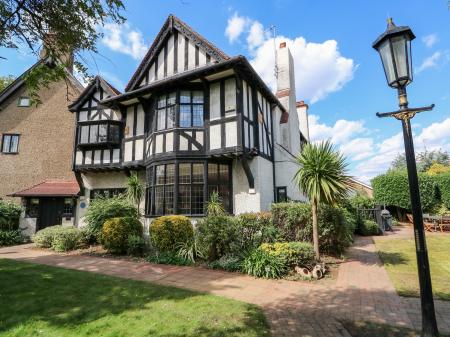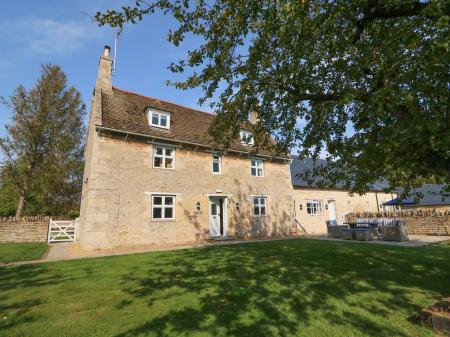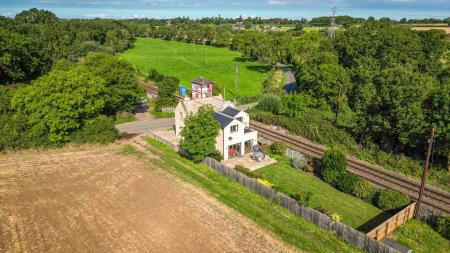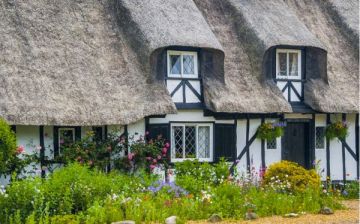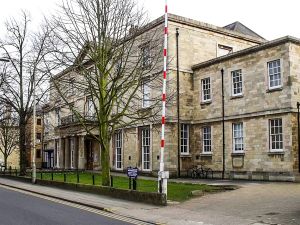
History
The museum building began as a private house, built in 1816 for a local magistrate named Thomas Cooke. In 1856 Earl Fitzwilliam bought the property to serve as a hospital. In 1931 it was purchased by Sir Percy Stewart, who donated it to the Peterborough Natural History, Scientific and Archaeological Society. The society used the house to create a museum of Peterborough's history, and in 1939 a gallery space was added to display art.
What to See
The museum displays over 200,000 objects tracing the archaeology, history, and geography of the Peterborough area. Exhibits range from Jurassic fossil remains to Roman pottery. One special exhibit tells the story of John Clare (1793-1864), the 'Northamptonshire Peasant Poet', whose poems celebrated the British countryside and brought to light the devastating effects of modern 'improvements' on a traditional way of rural life.
Another major focus is the astonishing collection of objects created by French POWs during the Napoleonic Wars. French prisoners were interned at Norman Cross, on the edge of modern Peterborough. The compound at Normans Cross is considered the world's first POW camp.
During their captivity, the prisoners produced an amazing collection of small objects made from readily available materials, including ivory and bone. See intricate model ships, playing cars, and even a miniature guillotine.
The museum makes the local history of the Peterborough area come alive; see 17th-century costumes, 19th-century household objects, toys, farming equipment, military objects, Staffordshire pottery, and artefacts from daily life.
The Victorian Operating Theatre
The legacy of the building as a hospital is recalled in an original 1897 operating theatre, complete with a recreated operating table, atmospheric gas lighting, and surgical furnishings that bring to life the sometimes gruesome days of Victorian surgery. The Victorian operating theatre is one of only 3 to survive in Britain.
The museum's art collection includes paintings, drawings, and prints dating to the 17th century. A new exhibit tells the story of the museum building itself. With a history going back to at least the 15th century, the museum site has a story worth hearing! Learn about the people who lived and worked here, and how the building changed over time.
And speaking of Time, there's the Changing Landscapes Gallery, looking at the geology and prehistory of Peterborough. Experience what it was like under the water of an ancient sea, and see the strange creatures that swam in the waters that once covered this area. An Ice Age gallery looks at the coming of mammals, with bones found during quarrying in the area.
A permanent exhibit traces to growth of Peterborough itself, from a small town to a modern city. Learn about some of the most important industries in the area and how each transformed the city.
 We've 'tagged' this attraction information to help you find related historic attractions and learn more about major time periods mentioned.
We've 'tagged' this attraction information to help you find related historic attractions and learn more about major time periods mentioned.